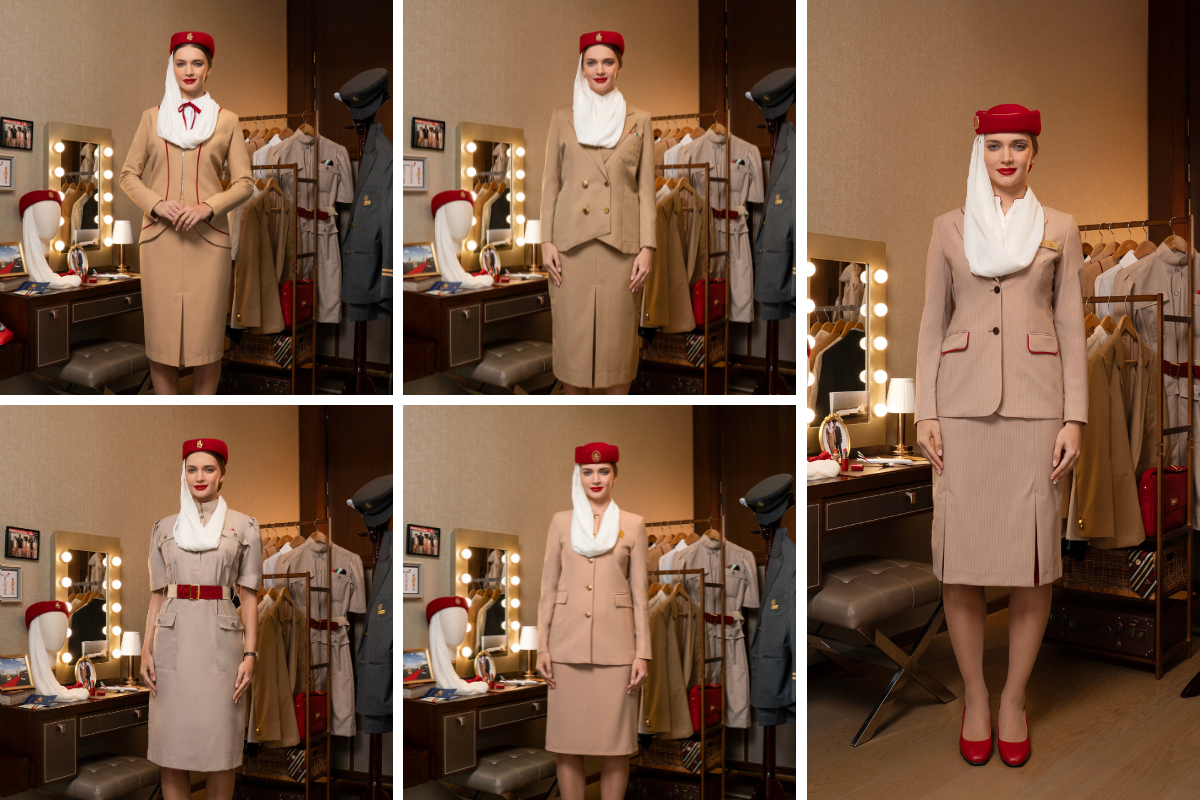Fashion education for the future: Equipping students with skills for future employment through interdisciplinary learning

Interdisciplinary learning at its core encourages academics, educators and students to work outside of their area of expertise and open their minds to collaboration and innovation.
Dr Kate Sala, Assistant Program Manager, Bachelor of Fashion and Textiles (Sustainable Innovation), in collaboration with colleagues Dr Rashmita Bardalai, Assistant Program Manager in Bachelor of Fashion Enterprise, and Dr Nick Brown, Senior Lecturer in Chemical and Environment Engineering brought about a collaboration between fashion, engineering and global urban sciences to create a simulated learning environment, the Agnapot Learning Environment (ALE).
“The challenges our students will face in the future will rarely belong to a single discipline and this course helps them develop the skills to navigate complex, interdisciplinary projects,” said Kate.
The ALE is a digital fictional world where students are immersed in a humanitarian disaster response or long-term development context, based on real experiences and case studies.
“They must think about different aspects of the new context they are faced with including climate, resources and transportation and have to consider if the items being produced are practical or feasible in this different environment,” said Kate.
“My favourite part of this course is seeing students realise that fashion and textiles can be applied far beyond garment design.”
It’s about developing meaningful, practical solutions that respond to real human needs in complex contexts.
“Students are forced to think in a setting where they don’t necessarily know where a textile might be applied,” added Rashmita.
“Students must think outside of the box and apply fashion and textiles expertise in different ways.”
The team are aiming to change misconceptions about the humanitarian space whilst teaching the course.
Students who have participated in this program provided feedback describing the transformative experience of being involved.
“I didn’t realise that textiles could be used as more than making clothes or makeshift shelters,” shared one student.
“This course and projects opened my eyes to new design opportunities and understanding in using textiles.”
Other students reflected on not initially seeing the benefit of the course but finding that their attitudes shifted dramatically.
“I’m seeing processes and production and the way textiles can impact humanitarian crisis situations differently.”
“Now I feel completely differently about the fashion and textiles industry.”
link





